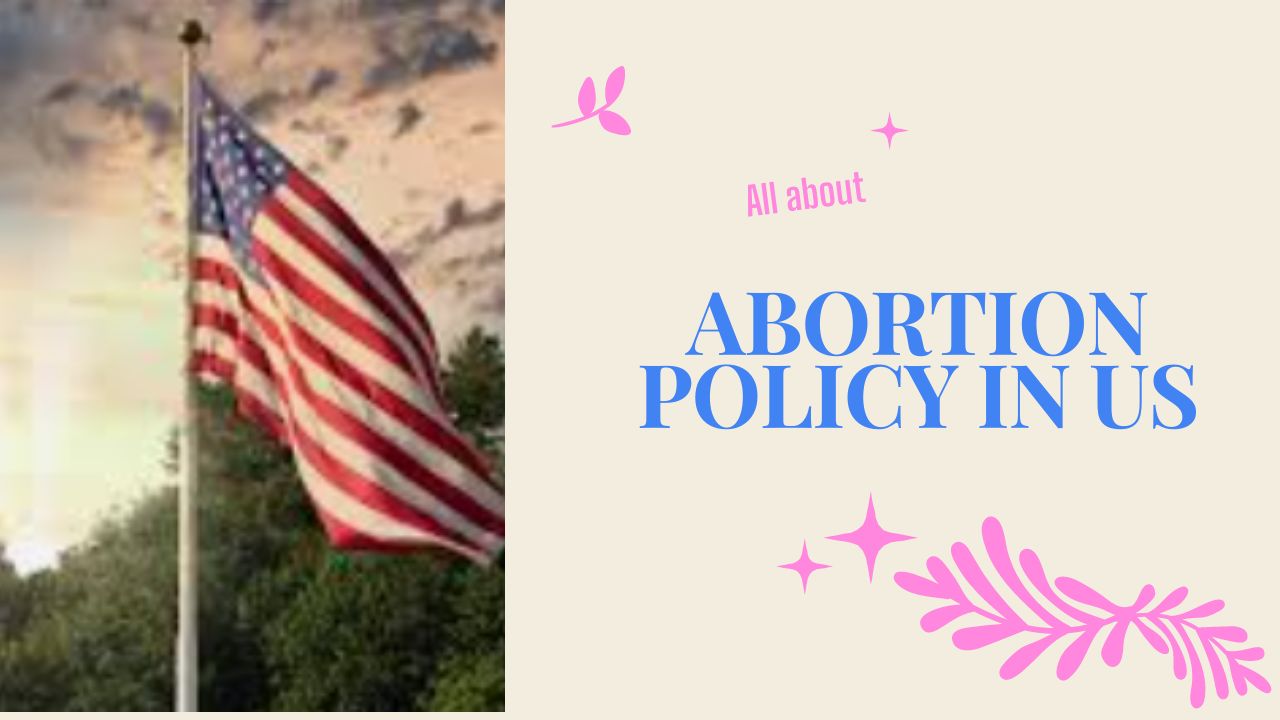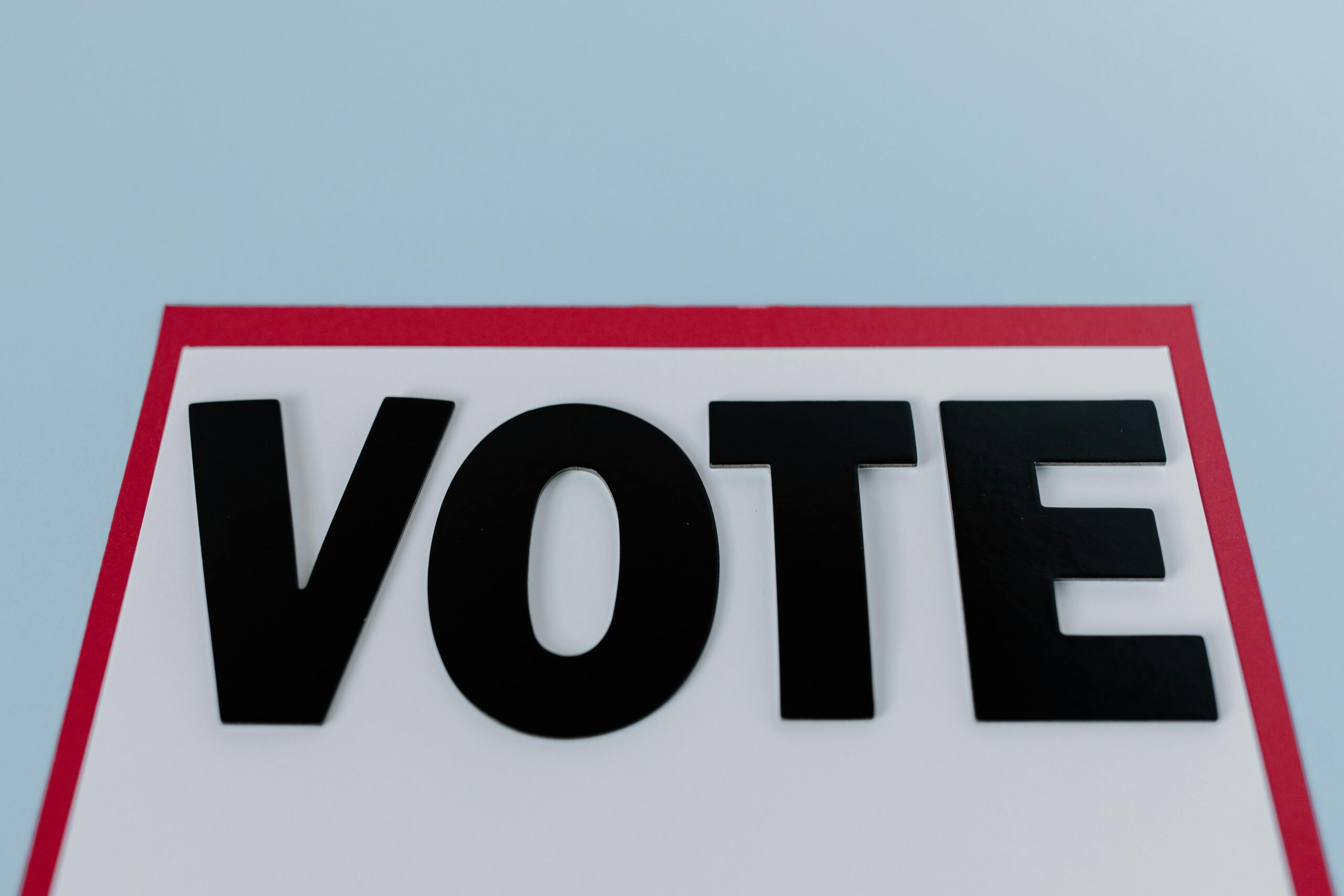As policymakers continue to determine the best way forward in this regard, it is important to assess the economic and social implications involved. Jonathan Click‘s “Economic Analyzes of American Abortion Policy” provides an in-depth analysis of the effects of various abortion policies using the most robust economic techniques. Here we will summarizes key findings and lessons from Klick’s work so that policy makers and general public can gain a comprehensive, clear and actionable understanding of the issue.
Main Results
According to Klick, most positions on the issue of abortion are based on moral judgments. The author asserts that a better guideline for regulating abortion policies, however brought about by consequentialist theory, takes into account the measured consequences of abortion laws, not the apparent morality. On. The review clearly indicates the need to understand how changes in abortion law affect the empirical realities of outcomes, public health, crime, and economics.
Klick reviews have shown in particular that changes in abortion policy have a significant effect on sexual behavior. Legalization of abortion reduces the perceived cost of engaging in sexual behaviors. Therefore, the rate at which it is initiated usually increases. Conversely, empirical evidence suggests that the greater the access to abortion, the higher the rate of sexually transmitted diseases (STDs). This is a major argument for comprehensive sex education and easy access to contraception during abortion.
Perhaps the most surprising finding is that the legalization of abortion is associated with a reduction in crime. Klick says that several different studies looked at cohorts that were born after abortions, during which crime rates were lower. These effects are attributed to a reduction in unwanted births, which are more likely to produce children who grow up in adverse conditions that predispose them to criminal behavior. These findings suggest that policymakers should consider the broader social impact of abortion laws when revising them.
Economic Effects of Abortion Policy
Levels of unintended pregnancy are generally associated with increased public spending, such as on welfare and health care services. Abortion availability can have public cost implications because its availability will reduce the incidence of unwanted pregnancies, which in turn benefits society economically.
Policy Recommendations
To curb the escalated prevalence of risky sexual behavior in response to increased access to abortion, there need to be widespread access and subsequent receiving of comprehensive sexual education. Any education should emphasize contraception and the prevention of STDs. If access and affordability of contraceptives increase, the dependency on abortion as the major mechanism of birth control will decline. A possible way forward for policymakers is subsidizing some contraceptive methods or including them in public health initiatives.
In order to prevent the increased prevalence of risky sexual behavior in response to increased access to abortion, there is a need for widespread access and subsequent comprehensive sex education. Any education should emphasize contraception and prevention of STDs. If access to and affordability of contraceptives increases, reliance on abortion as the main method of birth control will decrease. One possible way forward for policymakers is to subsidize some contraceptive methods or include them in public health initiatives.
Other social and economic environments should be considered in formulating abortion policy. This would entail considering the impact these policies have on demographic groups and addressing root causes such as poverty and lack of education. For this reason, policymakers need to base decisions on robust, data-driven analyses. This indicates that the empirical studies discussed by Klik provide important insights that can be helpful in formulating policies to enhance social welfare and the same were also discussed by Steven Levitt, a prominent economist who explored the relationship between abortion policy and various social outcomes, particularly crime rates.
End Note
Abortion policy is one of the most polarized policies in the United States. When this debate focuses on the empirical effects of such policies, it will, in turn, allow policymakers to make fully informed decisions—decisions that can balance ethical concerns with concrete outcomes. . Jonathan Klick’s study provides an extensive analysis in defense of a more consequentialist approach when reviewing abortion laws. By adopting these findings, policymakers and general public can more effectively navigate the abortion policy maze to achieve positive social and economic outcomes. Here is some information for my readers: the history of abortion law
Here is some information for my reader, the history of Abortion Law by ABC News





